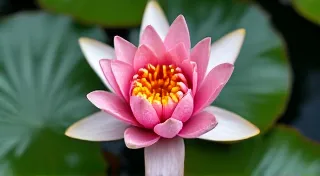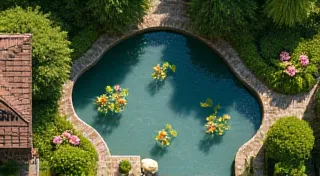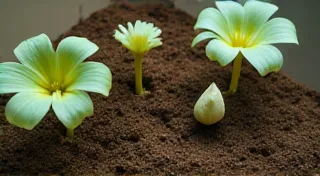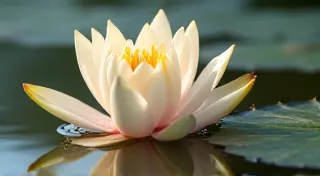Water Lily Fertilization: Keeping Your Plants Thriving
Water lilies are stunning additions to any pond or water garden, bringing beauty and tranquility. But their vibrant blooms and lush foliage require more than just sunshine and water. Proper fertilization is crucial for healthy growth, abundant flowers, and overall vitality. This guide dives into the world of water lily fertilization, covering different methods and providing a suggested feeding schedule.
Why Do Water Lilies Need Fertilizer?
Like all plants, water lilies need essential nutrients to thrive. Pond water, while seemingly rich, is often deficient in these nutrients, especially when surrounded by nutrient-absorbing soil and landscaping. Constant water movement and filtration can also deplete valuable minerals. Without adequate fertilization, you may notice stunted growth, pale leaves, fewer flowers, and a general decline in your water lily’s health.
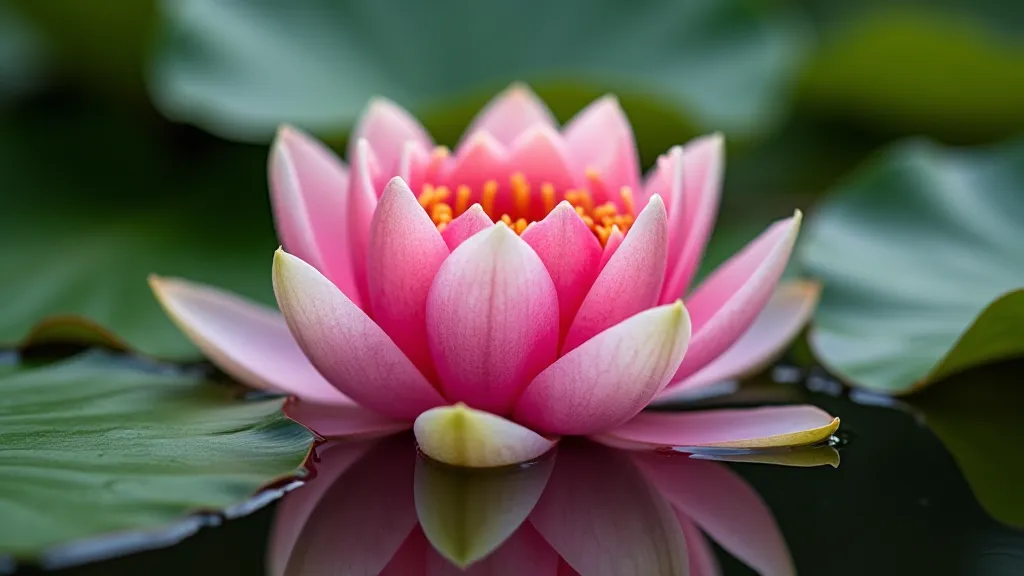
Fertilization Methods: Choosing What's Right for You
There are several effective ways to fertilize your water lilies. Here’s a breakdown of the most common options:
Slow-Release Fertilizer Tablets
These are arguably the most popular and convenient method for fertilizing water lilies. They are specifically designed to slowly release nutrients over several months.
- Application: Simply drop the tablets into the soil at the base of the water lily. The number of tablets required depends on the size and number of plants – generally, 1-3 tablets per plant are sufficient.
- Frequency: Typically applied in early spring and again in mid-summer.
- Pros: Easy to use, long-lasting, relatively low maintenance.
- Cons: Can be less precise with nutrient delivery.
Liquid Fertilizers
Liquid fertilizers offer a more immediate and controllable nutrient boost. They are diluted in pond water and applied directly to the plant.
- Application: Follow the manufacturer's instructions for dilution. Gently pour the diluted fertilizer around the base of the water lily.
- Frequency: Can be applied more frequently, typically every 2-4 weeks during the growing season.
- Pros: Provides a quick nutrient boost, allows for precise control over nutrient levels.
- Cons: Requires more frequent application and careful dilution. Over-fertilizing is easier with liquids.
Organic Options
For those seeking a more natural approach, organic fertilizers can be a great choice. Options include fish emulsion and seaweed extract.
- Application: Follow the manufacturer's instructions for dilution and application.
- Frequency: Similar to liquid fertilizers, typically applied every 2-4 weeks during the growing season.
- Pros: Environmentally friendly, provides beneficial microbes.
- Cons: May have a shorter duration of effect compared to other options.
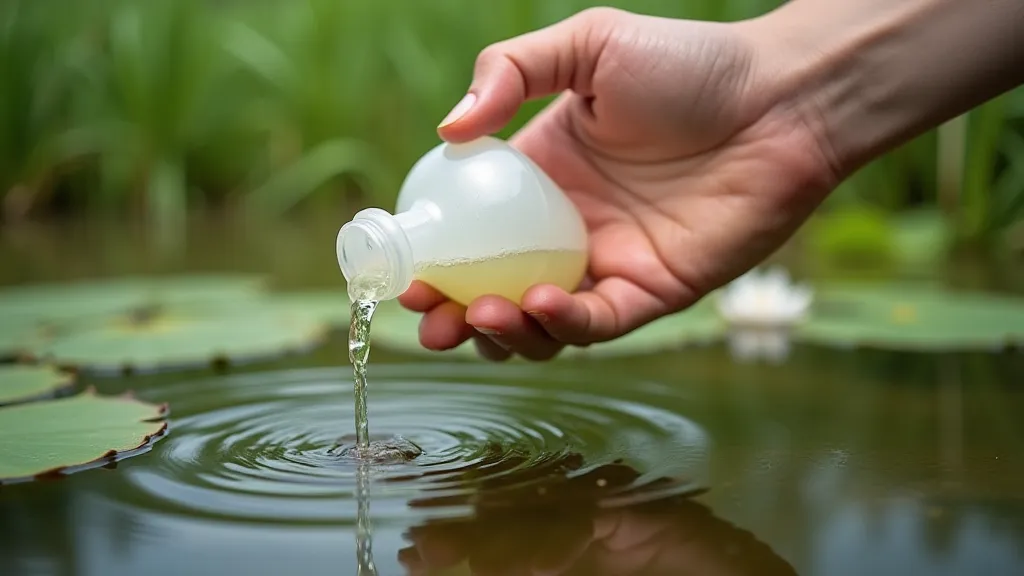
Water Lily Fertilization Schedule
Here's a general feeding schedule to guide your fertilization efforts. This can be adjusted based on your specific water lily variety, pond conditions, and climate:
- Early Spring (March-April): Apply slow-release tablets (if using) or a liquid/organic fertilizer. This jumpstarts growth after the dormancy period.
- Late Spring/Early Summer (May-June): Continue with liquid or organic fertilization every 2-4 weeks.
- Mid-Summer (July-August): Apply another dose of slow-release tablets (if using) and continue liquid/organic fertilization.
- Late Summer/Early Fall (September-October): Reduce or cease fertilization as the water lilies prepare for dormancy. Excessive fertilization during this time can harm the plants.
Important Considerations
- Water Quality: Regularly test your pond water to monitor nutrient levels and pH.
- Algae Control: Excessive fertilization can contribute to algae blooms. Proper pond maintenance and balanced fertilization are key.
- Variety Specific Needs: Some water lily varieties may have specific fertilization requirements. Research the needs of your particular plants.
- Observe Your Plants: Pay close attention to your water lilies' appearance. Yellowing leaves, stunted growth, or lack of blooms can indicate a nutrient deficiency or over-fertilization.
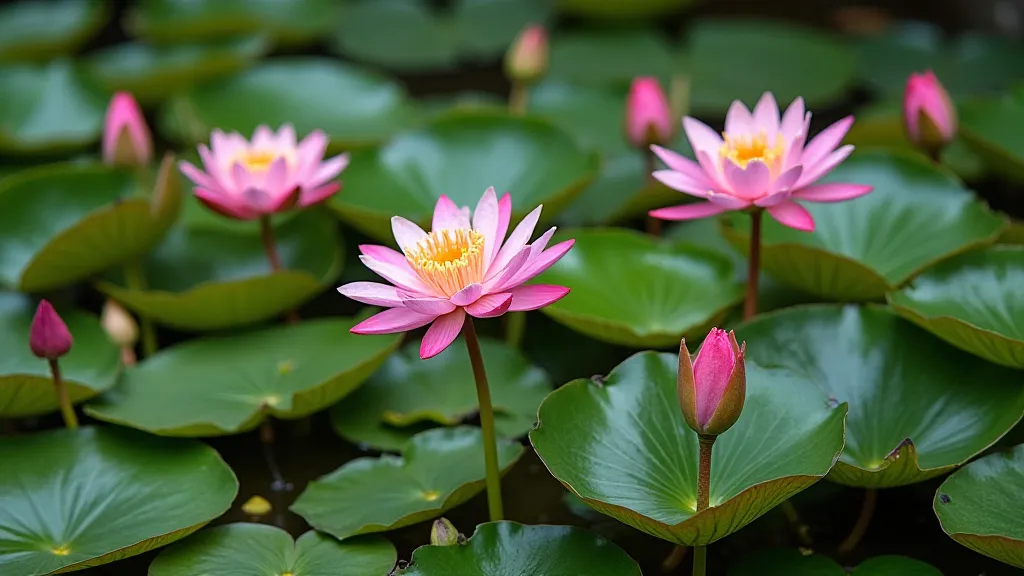
By understanding the principles of water lily fertilization and following these guidelines, you can ensure your plants thrive and provide years of beauty and enjoyment.
